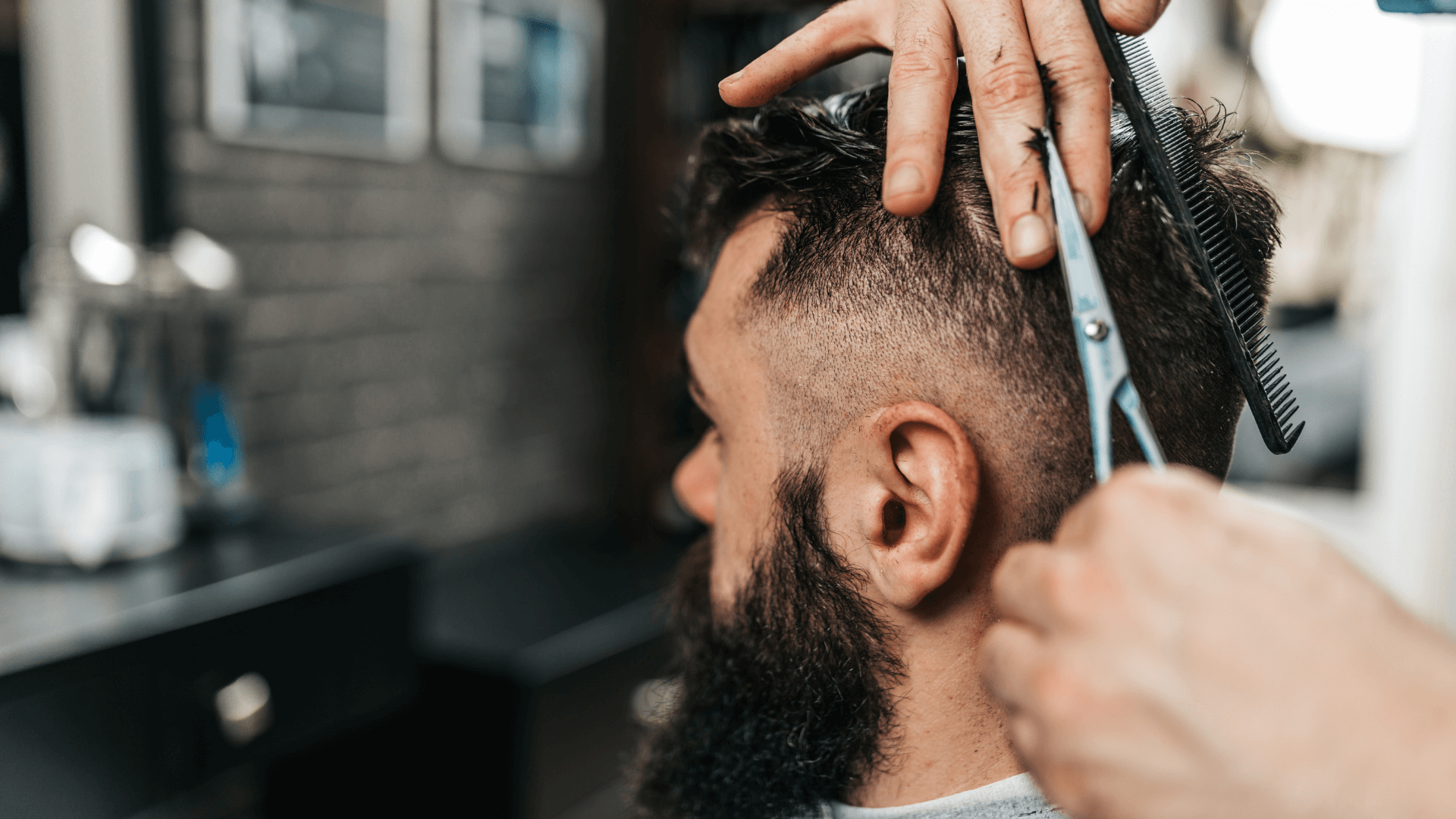Frequently Asked Questions
Using scissors for texturizing hair offers several advantages over clippers, particularly in achieving a more nuanced and tailored finish. Scissors allow for greater precision in creating soft, blended layers, which can enhance the natural movement and flow of the hair. This technique is particularly beneficial for fine or thick hair types, as it enables the stylist to selectively remove bulk without compromising the overall shape or length. Additionally, scissors facilitate the creation of various textural effects, such as point cutting or slide cutting, which can add dimension and depth to the hairstyle. Unlike clippers, which can produce a blunt edge, scissors provide a softer, more organic look that is often desired in modern haircuts. Furthermore, the versatility of scissors allows for intricate detailing and customization, making them an essential tool for professional hairstylists aiming to achieve a polished and sophisticated finish.
Scissor cutting significantly influences the overall shape and style of a haircut compared to clippers, primarily due to the precision and versatility that scissors offer. When a stylist employs scissors, they can create soft, textured layers, allowing for a more organic and fluid silhouette that enhances movement and dimension within the hair. This technique is particularly effective for achieving intricate styles such as long, flowing layers or choppy, edgy cuts, as it enables the stylist to tailor the length and weight distribution with meticulous attention. In contrast, clippers tend to produce a more uniform and blunt finish, which is ideal for achieving clean lines and structured shapes, such as buzz cuts or fades. The use of clippers often results in a sharper, more geometric appearance, which may lack the softness and natural flow that scissor cutting can provide. Ultimately, the choice between scissors and clippers can dramatically alter the haircut's texture, volume, and overall aesthetic, making it essential for stylists to consider the desired outcome when selecting their tools.
Scissor cutting is often preferred over clippers in scenarios that demand exceptional precision and meticulous detailing, particularly in the realms of hairstyling and grooming. For instance, when creating intricate layers, texturizing hair, or executing a precision bob, scissors allow for greater control and finesse, enabling stylists to achieve a tailored finish that clippers may not provide. Additionally, in the context of specialty cuts, such as those involving curly or wavy hair, scissors can navigate the unique texture and movement more effectively, ensuring that each strand is artfully shaped without the blunt edges that clippers might leave behind. Furthermore, in the realm of pet grooming, scissor cutting is often utilized for delicate areas around the face, paws, and ears, where precision is paramount to avoid nicks and ensure the comfort of the animal. Overall, scissor cutting is indispensable in situations where artistry, detail, and a personalized touch are essential to the final outcome.
When seeking a softer finish in hair cutting that clippers cannot achieve, various scissor techniques can be employed to enhance texture and blend seamlessly. Techniques such as point cutting, where the tips of the scissors are used to snip into the ends of the hair, create a feathered effect that softens harsh lines and adds movement. Additionally, slide cutting allows the stylist to glide the scissors along the hair shaft, removing weight while maintaining length, resulting in a more natural appearance. Thinning shears can also be utilized to selectively remove bulk without compromising the overall shape, providing a softer silhouette. Furthermore, the use of blunt cutting can establish a clean edge, which can then be softened with a gentle over-direction technique, allowing for a more organic flow. These methods, combined with an understanding of hair texture and growth patterns, enable the stylist to craft a polished yet soft finish that clippers alone cannot replicate.
In a professional setting, the maintenance of scissors and clippers involves distinct procedures tailored to their specific functionalities and design intricacies. Scissors require regular sharpening to maintain their cutting edge, which can be achieved through specialized honing tools or professional sharpening services that ensure the blades are aligned and free from nicks or dullness. Additionally, the pivot point of the scissors should be lubricated periodically to facilitate smooth operation and prevent rust, while the handles may need cleaning to remove hair and product residue. In contrast, clippers necessitate a different approach, as they rely on motorized blades that require consistent oiling to reduce friction and heat buildup during use. The clipper blades must be detached and cleaned meticulously to remove hair clippings and debris, and they should be sharpened or replaced as needed to ensure optimal performance. Furthermore, the overall maintenance of clippers includes checking the power cord and ensuring the housing is free from damage, which is less of a concern with scissors. Thus, while both tools are essential in a professional grooming environment, their maintenance protocols reflect their unique operational mechanics and usage demands.

